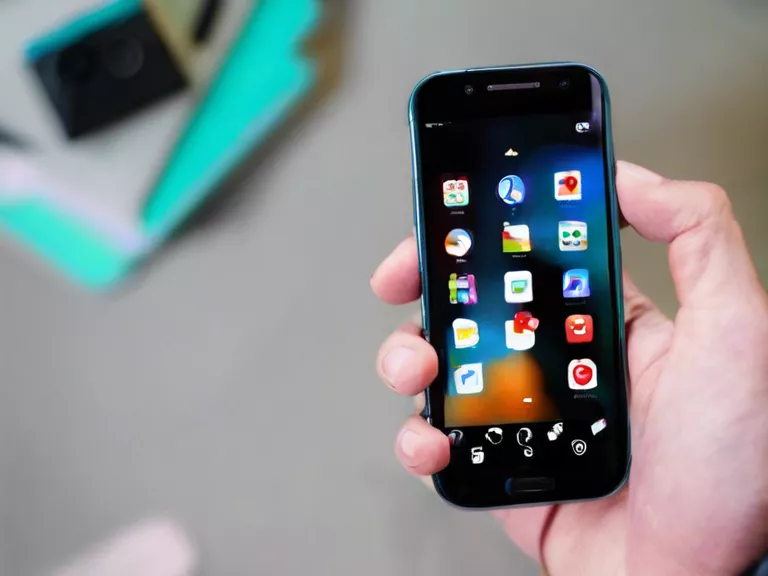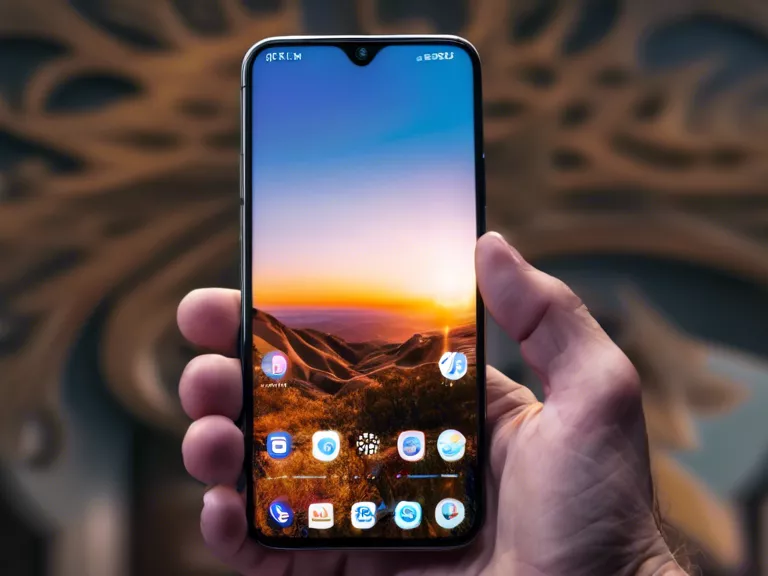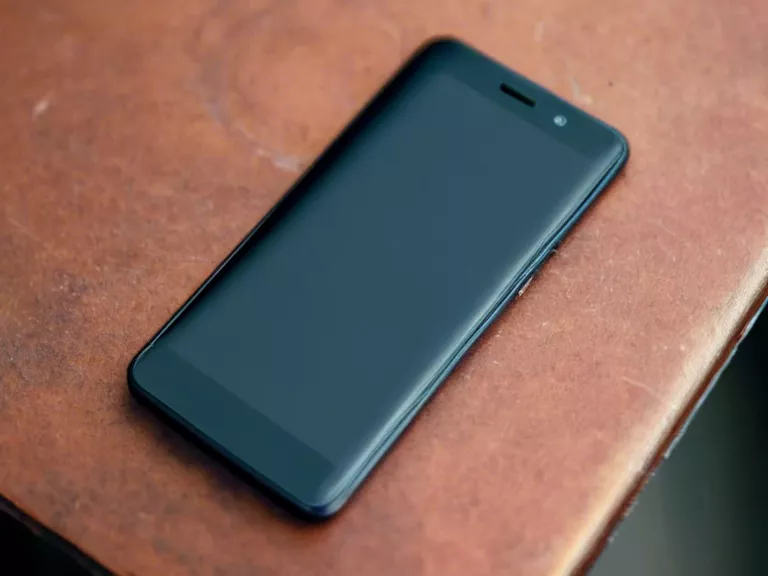
Top tips for enhancing smartphone security without compromising usability
In today's digital age, smartphones have become an essential part of our daily lives. From banking to social media, we rely on our phones for almost everything. With so much personal and sensitive information stored on our devices, it's crucial to prioritize smartphone security. However, enhancing security doesn't have to mean sacrificing convenience or usability. Here are some top tips for improving smartphone security without compromising usability:
Use a strong passcode or biometric authentication: One of the simplest yet most effective ways to enhance smartphone security is by setting up a strong passcode or enabling biometric authentication such as fingerprint or face recognition. This adds an extra layer of protection to your device and makes it more difficult for unauthorized users to access your data.
Keep your phone and apps up to date: Regularly updating your smartphone's operating system and apps is crucial for maintaining security. Developers often release security patches and updates to fix vulnerabilities and protect against potential threats. By keeping your phone and apps up to date, you can ensure that you have the latest security features in place.
Enable two-factor authentication: Two-factor authentication adds an extra step to the login process by requiring a second form of verification, such as a code sent to your phone or email. Enabling two-factor authentication provides an additional layer of security and makes it harder for hackers to access your accounts.
Be cautious of public Wi-Fi networks: Public Wi-Fi networks are convenient, but they can also be a security risk. Hackers can easily intercept data transmitted over unsecured Wi-Fi networks, potentially compromising your personal information. Avoid logging into sensitive accounts or making online transactions when connected to public Wi-Fi and consider using a virtual private network (VPN) for added security.
Secure your data with encryption: Encrypting your data adds another layer of protection by scrambling it so that only authorized users can access it. Most smartphones come with built-in encryption features that you can enable to secure your photos, messages, and other sensitive information.
By following these top tips for enhancing smartphone security, you can protect your personal data and privacy without sacrificing usability. Remember, the key to staying secure is staying vigilant and proactive when it comes to smartphone security.



